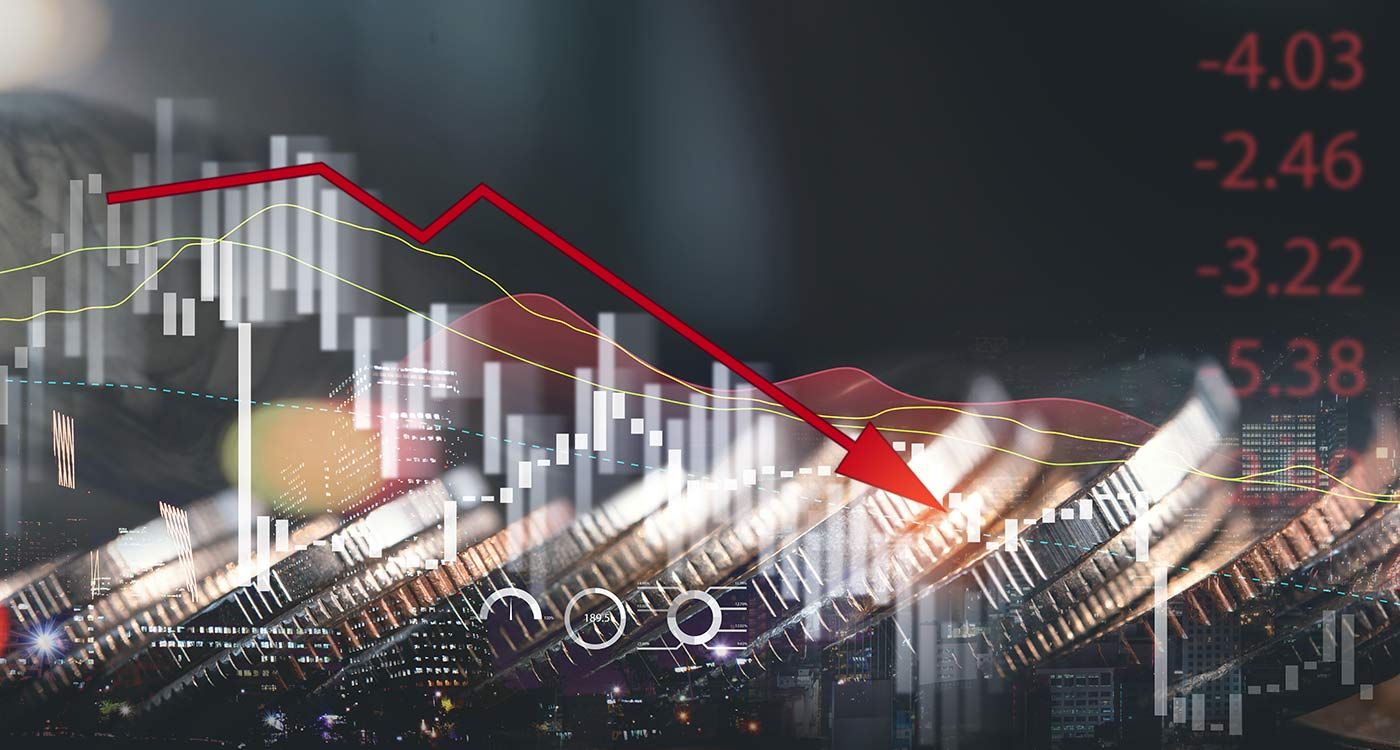
As the country enters its sixth year of economic turmoil, recent global forecasts confirm the severity of Lebanon’s financial collapse.
Sharp GDP Contraction
Lebanon is now in its sixth consecutive year of economic crisis, with key indicators remaining at their lowest levels, according to the World Economic Outlook (WEO) report published in April 2025 by the International Monetary Fund (IMF). GDP contraction continues, and despite a slight easing of inflation and the current account deficit, the overall situation remains highly precarious.
The IMF report estimates that Lebanon’s GDP will contract by 7.5% in 2024, a significantly sharper decline than the 0.7% drop recorded in 2023. This latest downturn follows two years of marginal growth (1% in 2022 and 2% in 2021), underscoring the depth of the crisis that has gripped the country since 2019. The nominal size of the economy is now estimated at $28.28 billion in 2024, nearly half of the $50.93 billion recorded in 2019 before the financial collapse.
Inflation Eases Slightly, but Remains Severe
Although inflation has slowed, it remains extremely high. The report indicates it may have dropped to 45.2% in 2024, after reaching 221.3% in 2023, 171.2% in 2022, 154.8% in 2021 and 84.9% in 2020. While this represents a relative slowdown, it falls far short of what Lebanese citizens would need to recover their purchasing power.
The current account deficit, though still concerning, is projected to have narrowed from 23.9% of GDP in 2023 to 18.2% in 2024, according to the report. This improvement is noteworthy, but still within critical territory.
A Region and a World Under Pressure
Regionally, economic growth for the Middle East and Central Asia (ME&CA) is estimated at 2.4% in 2024, with downward revisions for the following years: 3.0% in 2025 and 3.5% in 2026. These continued adjustments reflect persistent instability across the region.
Globally, growth is expected to reach 3.3% in 2024, then slow to 2.8% in 2025, before rising again to 3.0% in 2026. Meanwhile, global inflation is forecast to decline more gradually: 5.3% in 2024, 4.3% in 2025 and 3.6% in 2026.
The report also notes that the United States and China are likely to be the most affected by escalating trade tensions, with downward revisions to their 2025 growth forecasts: -0.9 percentage points for the US and -0.6 points for China. The Eurozone is expected to experience a milder slowdown of -0.2 points.
Emerging markets and developing economies are projected to maintain relatively strong growth: 4.3% in 2024, followed by 3.7% in 2025.
Outlook Remains Uncertain
In this context, Lebanon appears to remain on a trajectory of prolonged economic crisis, with indicators pointing to significant challenges ahead.



Comments